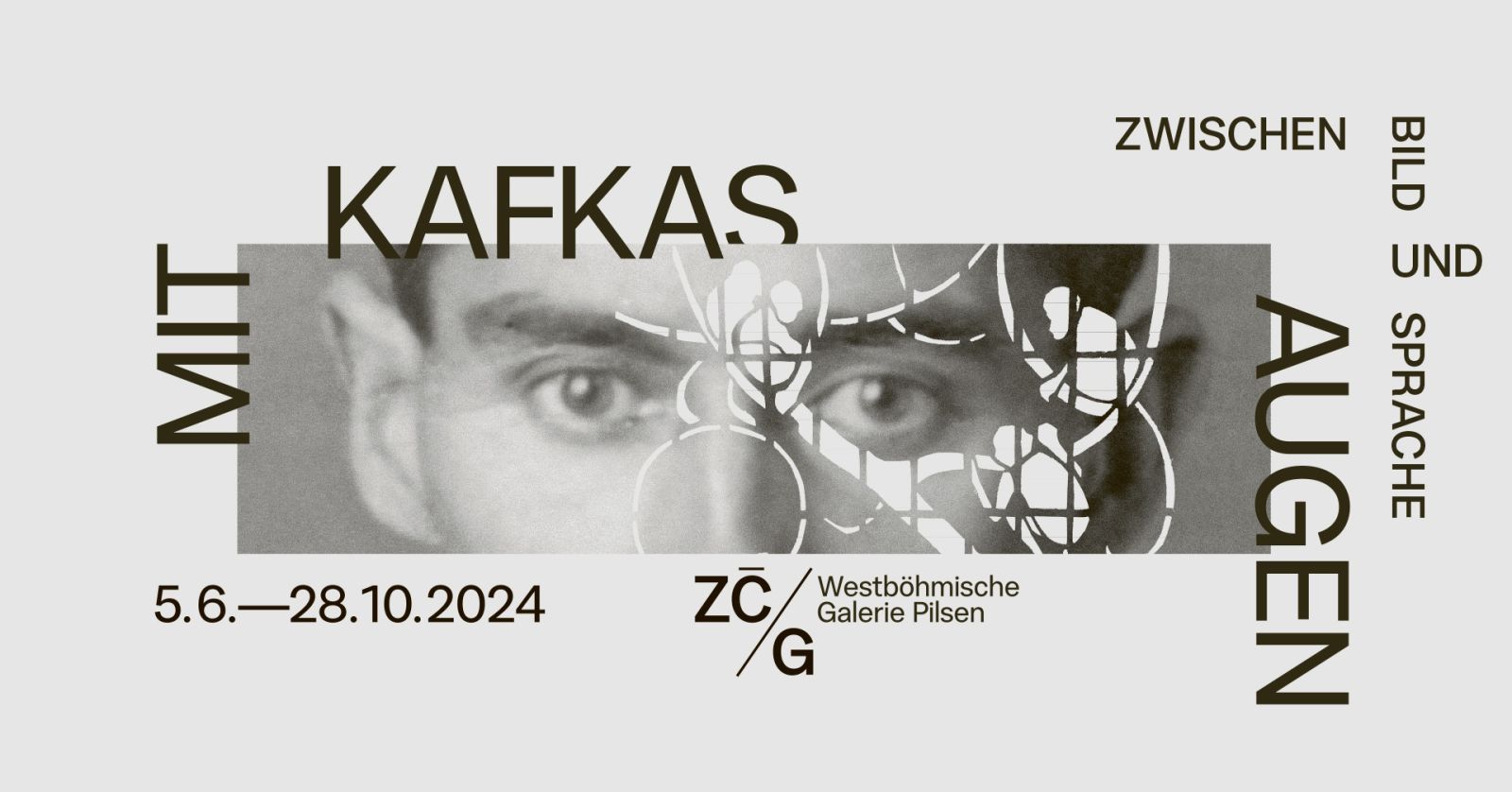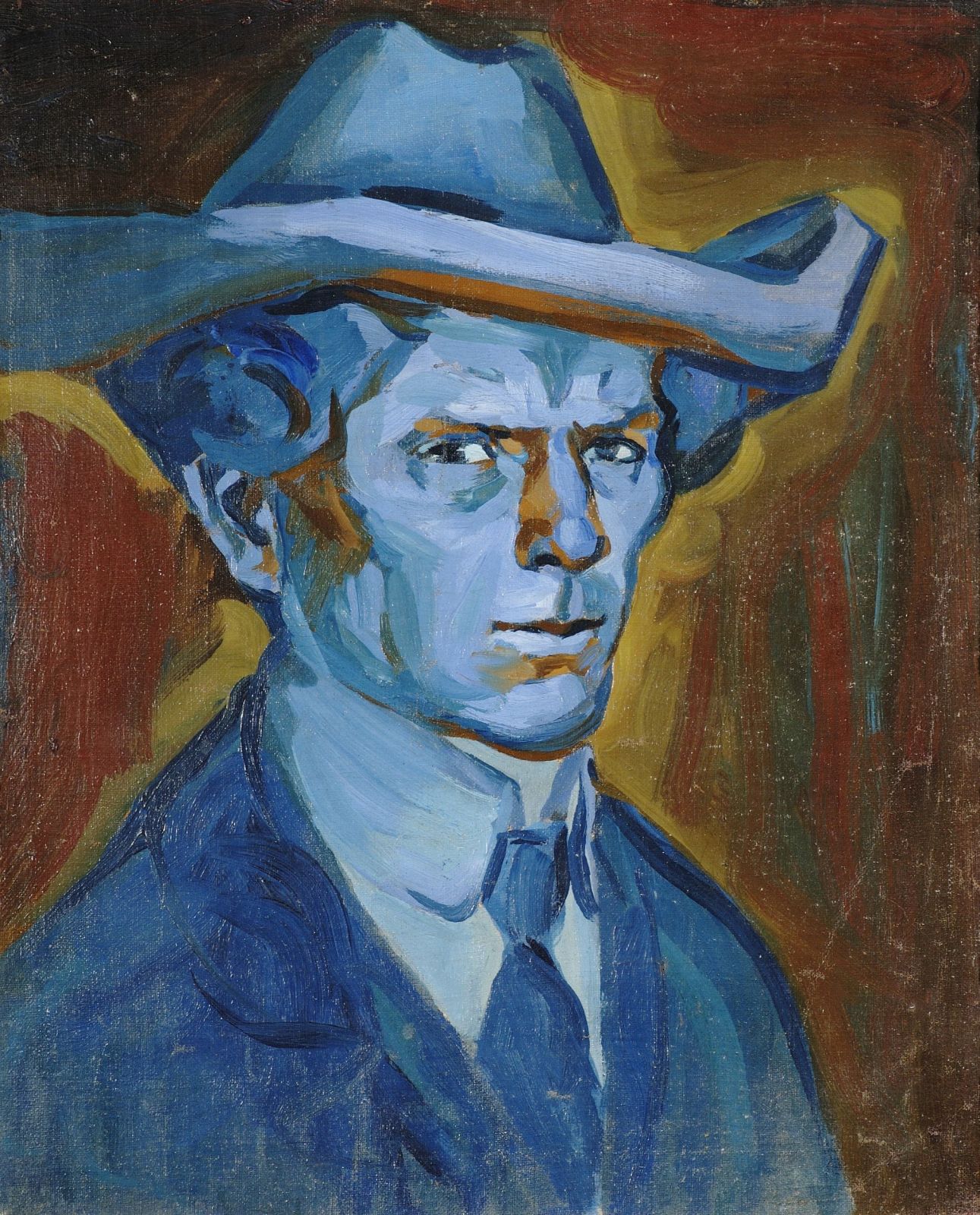
Program

The exhibition focuses on the relationship between the writer Franz Kafka and the visual arts and visual culture of his time. In addition, Kafka's own graphic work is also examined.
In addition to the images of fine arts, Franz Kafka was also interested in the expressive forms of pop culture, including illustrated magazines and posters, film, photography, dance, circus and cabaret. In the heterogeneity of the images that surrounded Kafka in his everyday life, we can see a parallel to the linguistic multilingualism that was characteristic of Prague and the entire Central and Eastern European region at the time. As he traversed his city, Kafka was exposed to a confusion of languages – Czech, German, the German of the Jewish intellectuals, the „German Creole“ of the Czech cooks and servants and, after 1914, the Yiddish of the Jewish refugees from the East.
The visual stimuli that affected Kafka's vision were similarly diverse. Posters hung on the corners of the city's buildings, combining the aesthetics of historical eclecticism and academicism with the Art Nouveau decorativism of the turn of the century and Japonism, later with echoes of Cubism, which was very influential in Prague.
At the exhibitions of the Mánes Society of Artists, Kafka was able to encounter French Impressionism, Post-Impressionism, Czech Art Nouveau Symbolism and Cubism or Nordic Symbolist Expressionism.
At the exhibitions of the Krasoumna Jednota and the Association of German Artists in Bohemia, he met representatives of salon painting from the centers of the German Empire as well as representatives of German-Czech spiritualism. At the Club of German Women Artists, he was able to see the work of women painters and sculptors from Prague, Olomouc, Brno, Vienna, Munich and other centers of German-speaking sculpture, who used conformist painting practices but also reflected artistic innovations.
In the Prague biographies, he observed the exalted expression of gestures and images in European and American silent films, attended performances of Russian and French ballet, and in cabarets he carefully observed the postures and movements that accompanied the singing, dancing and recitation of vaudeville artists.
The exhibition attempts to present this diversity of images to today's viewer through works using different media. At the same time, it raises the question of how Kafka's visual experiences might be reflected in the language of his texts. Kafka was capable of devouring disparate images, observing them and describing them in detail, but he never categorized, interpreted or judged them. At the same time, he felt a certain distrust of visual sensations.
In his diaries and letters, he spoke of the longing that such images aroused in him without satisfying it. The crisis of the representation of visual signs also penetrates the sphere of Kafka's language.
The writer's ambivalent feelings towards the visual are reflected in some passages of his short stories and novels, which draw strength from the tension between image and language.
The exhibition was organised by the West Bohemian Gallery in Pilsen and the Adalbert Stifter Verein e. V. – Kulturinstitut für die böhmischen Länder (Munich) in cooperation with the Jewish Museum in Prague as part of the Kafka 2024 and Kafka 100 projects. With the support of the Ministry of Culture of the Czech Republic and the Czech-German Future Fund
The exhibition is under the patronage of Rudolf Špoták, Deputy of the Pilsen Region, and Roman Zarzycký, Mayor of Pilsen.
The exhibition is accompanied by a publication of the same name in Czech and English, published by KANT. 130 standard pages, 225 colour illustrations. Marie Rakušanová, editor. Marie Rakušanová (Faculty of Philosophy, Charles University, Prague), Nicholas Sawicki (Lehigh University Bethlehem, Pennsylvania), Marek Nekula (University of Regensburg), Alexander Klee (Belvedere, Vienna), Miroslav Halák (Belvedere, Vienna).
Cover picture:
Bohumil Kubišta, Modrý autoportrét, 1909, Západočeská galerie v Plzni
Gallery:
Egon Schiele, Mužský akt, 1908, Museum Wien
Filla Emil, Hlava starého muže, 1914, Západočeská galerie v Plzni
Georg Kars, Autoportrét, 1908, Městské muzeum Velvary
Georg Kars, Zátiší se zelenou sklenicí, 1914, Západočeská galerie v Plzni
Max Horb, Autoportrét, 1905, Retro Gallery




